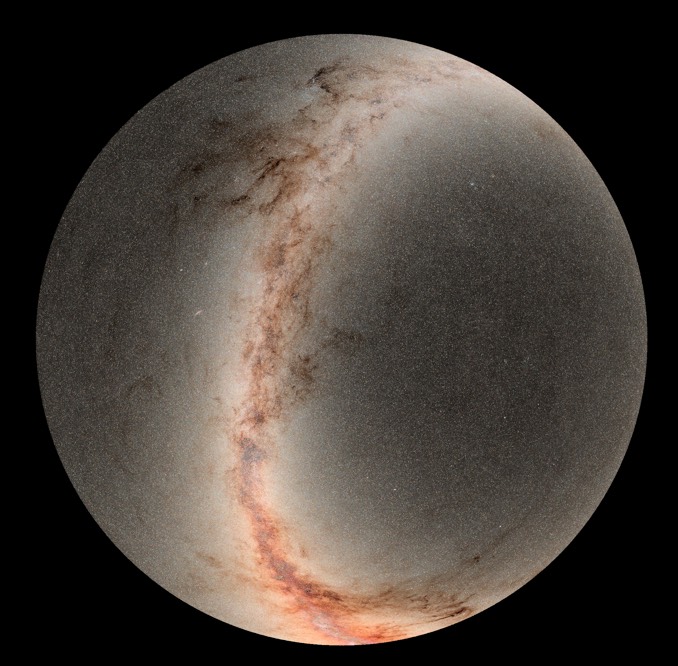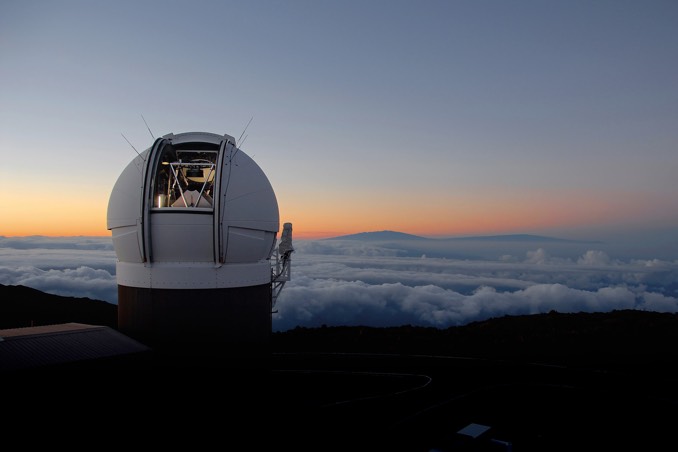
The Space Telescope Science Institute and the University of Hawaii Institute for Astronomy have released the second edition of the Pan-STARRS digital sky survey, a record volume containing more than 1.6 petabytes of astronomical data. That’s 1.6 million gigabytes, 30,000 times the total content of Wikipedia or the equivalent of two billion selfies.
The Panoramic Survey Telescope and Rapid Response System – Pan-STARRS – uses a 1.8-metre telescope and a 1.4-billion-pixel digital camera to survey the visible sky in visible and near-infrared wavelengths, on the lookout for transient, variable and moving objects, including asteroids that might be on a collision course with Earth.
The system went into operation atop Mount Haleakala in Hawaii in 2010 and spent its first four years scanning the entire visible sky 12 times using five filters. Data release No. 2, announced this week, provides astronomers and the public with access to every individual exposure, giving researchers the exact locations of more than 3 billion sources.
“Pan-STARRS DR2 represents a vast quantity of astronomical data, with many great discoveries already unveiled,” said Heather Flewelling, a researcher at the Institute for Astronomy in Hawaii and a designer of the PS1 database. “These discoveries just barely scratch the surface of what is possible, however, and the astronomy community will now be able to dig deep, mine the data, and find the astronomical treasures within that we have not even begun to imagine.”
Said database engineer Conrad Holmberg: “We put the universe in a box and everyone can take a peek.”

The initial Pan-STARRS public data release came in late 2016, but it did not include the individual images at each epoch in time.
“The Pan-STARRS1 Survey allows anyone access to millions of images and catalogs containing precision measurements of billions of stars, galaxies, and moving objects,” said Ken Chambers, director of the Pan-STARRS Observatories. “While searching for near earth objects, Pan-STARRS has made many discoveries from ‘Oumuamua passing through our solar system to lonely planets between the stars.
“It has mapped the dust in three dimensions in our galaxy and found new streams of stars and it has found new kinds of exploding stars and distant quasars in the early universe. We hope people will discover all kinds of things we missed in this incredibly large and rich dataset.”
